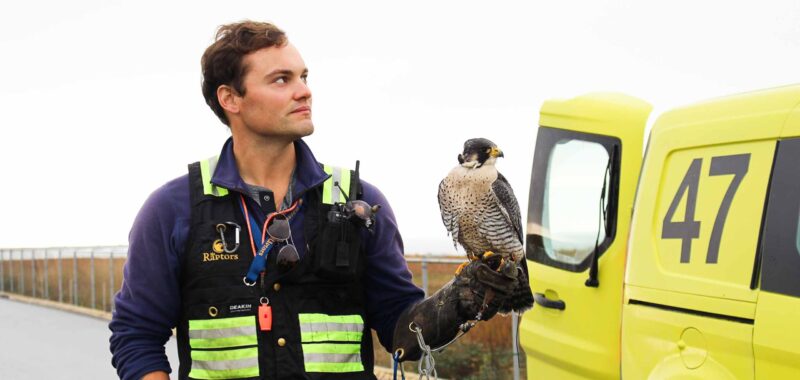Pearson Airport occupies more than 4,600 acres of land that includes swathes of grassy areas and the Etobicoke Creek waterway. The site is an attractive landscape for varied bird and animal species, depending on the seasons and migration patterns: In 2023, the company managed 400,000 individual wildlife, from birds to large mammals.
In addition to the hurdles posed by flora and fauna, climate change’s influence on seasonal weather patterns is altering wildlife behaviour near the airport, presenting new challenges to abatement protocols.
“This year we had a (unusually) wet summer with some significant rainfall here at Pearson,” recalls Sjoen. “With rainfall, we have water retention, which in turn means a lot of seagull activity, a lot of waterfowl activity.”
The ‘known unknown’ impacts of climate change mean that airport wildlife management programs will need to remain focused on robust abatement practices where avian assistants will continue to have an important role to play.
Our fine feathered friends have been ruling the skies for 65 million years. And even today, the 21st century aviation and tourism sectors are tapping into the power of predators in managing wildlife for human benefit and safety in an important relationship where the bird is the word in interspecies collaboration.

